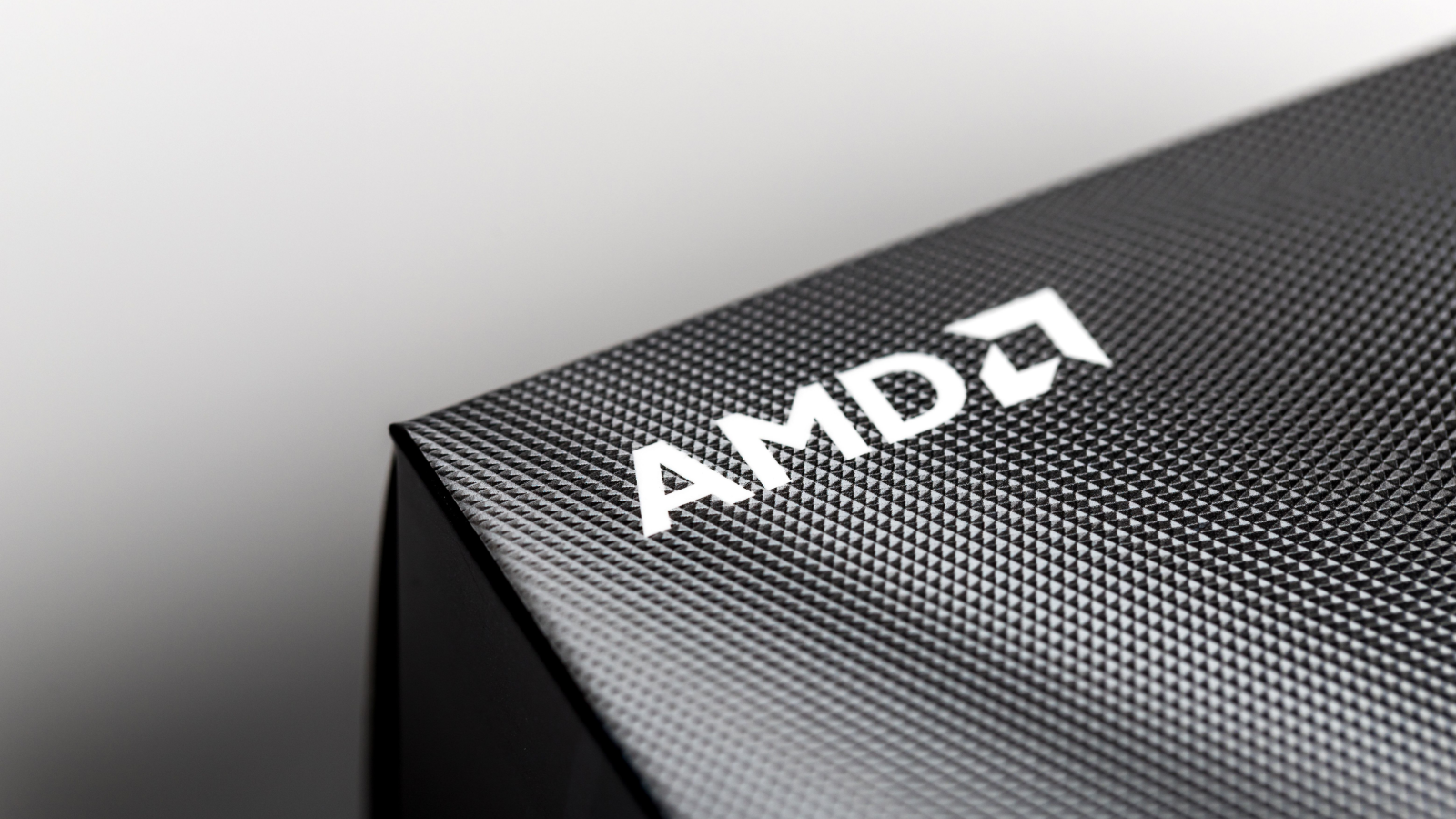AMD’s Earnings Showdown: Why the Stock Might Tumble (And Why That’s OK)

You may be wondering whether it’s time to “buy the dip” with Advanced Micro Devices (NASDAQ:AMD). Put simply, we believe that there’s little reason to rush into an Advanced Micro Devices stock position.
Although shares in the chip designer are currently finding support, another big reversal may be just around the corner. It all has to do with an upcoming major event that will probably have a large impact on price performance.
However, there is a silver lining, if this scenario plays out. If AMD sells off following this event, the opportunity to enter a position in this top AI chip contender at a favorable price could arrive. With this, sticking to the sidelines remains your best course of action.
Advanced Micro Devices Stock: ‘Priced for Perfection’
As is common with Wall Street lingo, the phrase “priced for perfection” is thrown around quite a bit, if not too much. Perhaps even to where it’s just a cliché used by bearish-leaning commentators. Many times, it’s unnecessary to assume the use of this phrase means “danger ahead.”
However, much points to this phrase being an apt descriptor for Advanced Micro Devices stock.
Although shares have pulled back by 27.7% since March, AMD stock remains priced heavily on things that may happen, but aren’t guaranteed to happen.
For instance, the market, much like analysts like Piper Sandler’s Harsh Kumar, are confident that AMD will make material market share gains in the AI server chips space.
Investors are also confident that AMD is the undisputed front-runner in the AI-PC chips horse race.
Put simply, while not as strongly as before, the market is making the assumption that AMD’s fiscal performance will handily beat that of management’s own guidance in the quarters ahead.
The issue, however, is the downside risk if this fails to happen. We will have a clear picture of this just a few weeks from now, when the above-mentioned “big event” takes place.
The Upshot With a Late Summer Sell-Off
As you might have guessed, the “next big event” for Advanced Micro Devices stock is the company’s next quarterly earnings release. Expect results to hit the street sometime around July 30.
According to Seeking Alpha, 14 analysts have made upward earnings revisions, while 19 have made downward earnings revisions. While not certain, this suggests a greater chance of an earnings disappointment.
If coupled with underwhelming guidance, this may pose additional correction risk for AMD. Shares currently trade at 47 times forward earnings.
This valuation represents a premium compared to shares in AMD’s stronger and weaker competitors.
Still, if results and guidance fall short, and Advanced Micro Devices has a late summer sell-off, this may not be the worst outcome in the world, for those who have yet to enter a position. Another big reversal for Advanced Micro Devices could entail shares falling by another 20%-25%.
Such a drop would throw AMD back into more reasonably-priced territory. Not only that, chances are that another correction would signal a further walking back of investor expectations.
With investors far less overconfident than before, the greater the chance of positive surprises sparking a rebound down the road.
The Verdict: ‘Watch and Wait’ Ahead of Earnings
Buying AMD after a derating back to a forward valuation in the mid-30s could lead to a profitable long-term investment. A lower valuation will likely be sustainable, even if there are further downward revisions to future growth forecasts.
For instance, if analyst forecasts for earnings growth in 2025 and 2026, currently at 49% and 33.5%, respectively, are revised lower. If bought at a low enough price, shares could still be in a position to steadily climb in line with earnings growth.
Putting it all together, the key take-away with AMD today is clear. There is no need to rush into a position. Instead, wait for the next round of major weakness before buying Advanced Micro Devices’ stock.
Advanced Micro Devices stock earns a C rating in Portfolio Grader.
On the date of publication, neither Louis Navellier nor the InvestorPlace Research Staff member primarily responsible for this article held (either directly or indirectly) any positions in the securities mentioned in this article.









